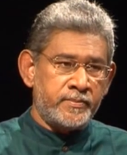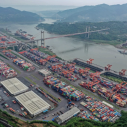Toward a New Eurasian Geopolitics
archive

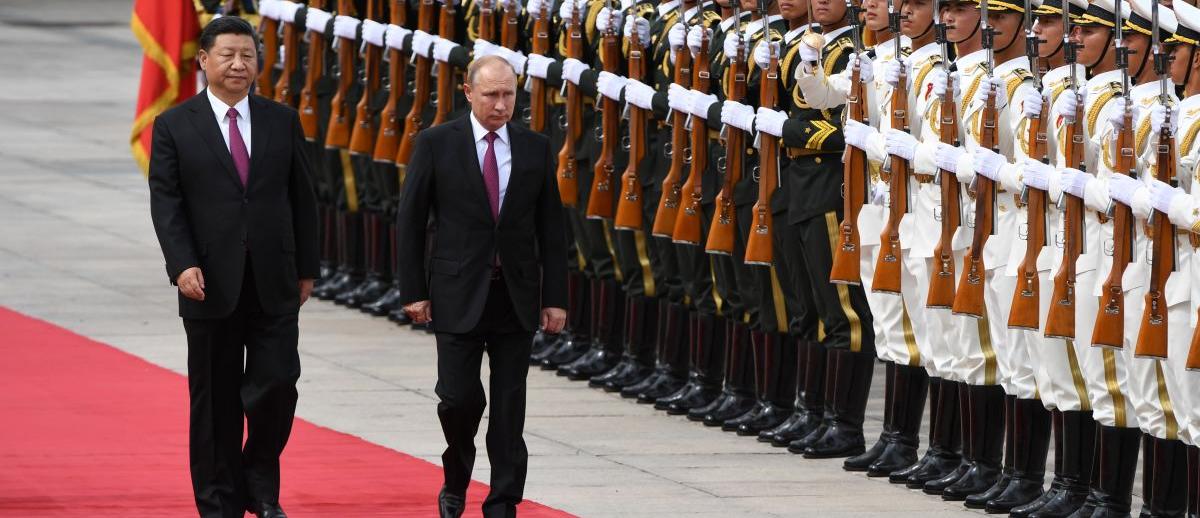
Xi Jinping and Vladimir Putin attend a welcome ceremony outside the Great Hall of the People in Beijing, China. June 8, 2018. (Photo Getty Images)
Toward a New Eurasian Geopolitics
In the first decade of the Cold War, two crucial strategic concepts, perhaps better understood as grand strategic concepts, were outlined by that supreme realist, Stalin. The first was that World War II had yielded a great strategic result, namely the existence of a new camp in which the two main components (Russia, China) were the world’s largest and most populous nations, which were contiguous in geographic terms. The second concept was that these two powers were capable of constituting a parallel world market and a parallel world economy with its own division of labor which would not only multiply the economic potentials of that camp but also diminish the economic strength of the camp of the aggressors, by subtracting from it.
There is yet another, earlier, grand strategic concept that arose in the USSR and that is well known, which also remains salient in the present-day context but has to be integrated with the two concepts of necessary biopolarity and the new Eurasian camp. This is the idea of Lenin, in his very last published article in Pravda in March 1923, which said that in the final analysis the outcome of events on a world scale will be determined by the fact that Russia, India, China etc. contain the overwhelming majority of the world’s population. This is of course the root of the Primakovian ‘RIC’ formula. It is necessary, though, to recall the use of “etc.” by Lenin, which means there are other such states which can be included in this category. Since, in his famous article/speech “imperialism” in 1915, he had listed Persia and Turkey in a distinct (sub)category, it may be said that the “RIC” formula can be extended to include—interchangeably, perhaps—many of those “emergent” or “pivotal” powers (Iran, Turkey, Indonesia, Mexico) belonging to the intermediate zone.
The multi-vector concept articulated in the post-Soviet years by then Foreign Minister, Academician Yevgeny Primakov, with its roots in Togliatti’s “polycentrism” and De Gaulle’s “tous azimuths,” is still germane to Russia in the present context. But it needs to be developed and refined in the new historical situation, distinguishing between the ‘main’ and the ‘basic’, the ‘dominant’ and the ‘determinant’, vectors. While the main vector was said to be, and still probably remains, that of the tendency towards multipolarity, is it also the fundamental and determinant vector. Or should a United Front of the Eurasian core-states be regarded as the fundamental and determinant vector? What of the residue of the bitter memories of the Sino-Soviet schism and the determination to avoid a return to a bad, even traumatic Cold War alliance? An extremely pertinent question is whether there was an illusion about the West; one which returned in the late 1980s and the decade of the 1990s, but had its roots in 1956 and thereafter.
There were at least three major sources of the Sino-Soviet split, and one of them was the attitude to the US or a perceived tilt on the part of one partner towards the US and away from the other partner. After the 20th Congress in 1956, the international perspective that had prevailed up until then in the first Cold War decade under Stalin, Molotov, and Kaganovich—and which was broadly complied with by the Chinese Communist leadership—was drastically altered. The Leninist policy of peaceful coexistence between states with different social systems was transformed, or sought to be transformed, from the realm of inter-state relations into the political line of the “Socialist camp” and the world communist movement as a whole. The Chinese leadership perceived this shift in Moscow’s policy both as an imposition as well as a privileging of Moscow’s relations with Washington. Beijing perceived Moscow’s outreach to Washington in the realm of arms control as taking place over the head of and at the expense of the core national security interests of China in particular, and as a downgrading of the Sino-Soviet relationship in general. In a bitter irony of history, China, which originally objected to such a tilt towards the US, became its quasi-ally in the 1970s and ’80s.
What of the residue of the bitter memories of the Sino-Soviet schism and the determination to avoid a return to a bad, even traumatic cold-war alliance?
This factor no longer prevails today and has been reversed. Today, there is a congruent and convergent view about the Atlantic alliance among the core Eurasian states, and therefore the main causative factor of the Sino-Soviet schism (which was a historical and normative factor) of the late 1950s and 1960s has been eliminated. As for the second causative factor of the schism, the attitude to Stalin’s historical role is very different today from the one that prevailed in the USSR in 1956 and after, contributing to the Sino-Soviet split. The third factor was the role of ideology, which too is irrelevant today—given that the ideological factor is not shared, there is no ground for doctrinal and quasi-religious disputation as to who is the true legatee of Lenin and Stalin and thus the leader of the ideological camp.
However, does the present level of security cooperation between the Eurasian core states constitute a sufficient security architecture—a sufficient defensive superstructure—to safeguard the ambitious economic architecture of the integration of the Greater Eurasia economic project and the BRI? When faced with the explicit prospect of “Joint Force” and “new security architecture” of “Alliances and partners,” is the current level of security cooperation between the Eurasian heartland states adequate—or is a new, qualitatively more cohesive and integrated security equation, broadly along the geostrategic lines envisaged 70 years ago, an existential imperative?
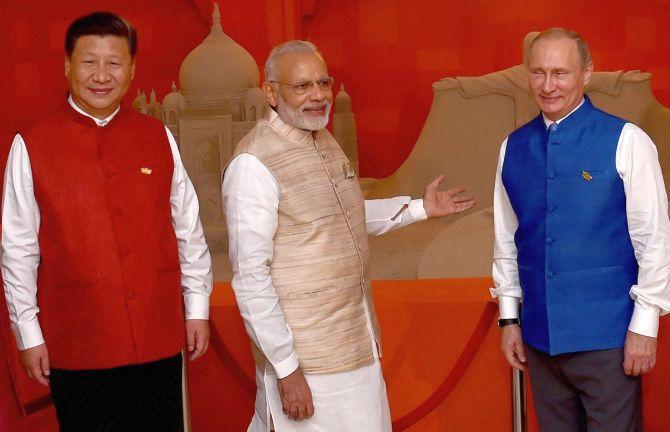
Xi, Modi, and Putin at trilateral meeting on the sidelines of the 2018 G20 meeting in Buenos Aires.
The dilemma that Moscow faced in 1962, as between the “friendly” and the “fraternal” Asian powers, which was one of the main factors that led to the disastrous Sino-Soviet schism, may yet again be relevant to the relationship between the Eurasian states. A Realist analysis indicates that a common threat and a fairly congruent or compatible domestic model (of state capitalism) make the Eurasian core states share far more substantive geostrategic interests than do any other Asian, Eurasian, or global powers. An anchorage in a framework of strategic unity of Russia and China, in a situation of encirclement, will minimize the geostrategic vulnerability of both Eurasian core states. Therefore, Realism dictates that the Russia-China equation must move from the extensive to the intensive and make the leap from the quantitative to the qualitative.
Today, there is no peace movement or antiwar movement in the West. This is because at present the Eurasian core states are caught in an ideological pincer: their adversaries see them as being on a continuum with the Cold War communist enemies, in their allegedly totalitarian, authoritarian, or repressive/unfree forms of state and/or regime, while their potential supporters, the intellectuals, artists, and idealistic youth, see them no longer as incarnations, however distorted, of universal ideals, but rather (in the case of Russia) as a tsarist autocracy of the sort that evoked the hostility of educated youth in the 19th and early 20th centuries!
A Realist analysis indicates that a common threat and a fairly congruent or compatible domestic model (of state capitalism) make the Eurasian core states share far more substantive geostrategic interests than do any other Asian, Eurasian, or global powers.
Today, while the West can project soft power with a worldwide a range and reach (even within the target Eurasian societies), the Eurasian states have a minimalist or ‘thin’ conceptual and ideational stockpile of soft power. There is a limit to the resonance of “civilizational” and “nationalist” ideology, in that it does not readily cross boundaries and motivate—unlike universalist ideologies. Although the core Eurasian states are very much global in their thinking and always were—if not always in their behavior—the idea and ideology of “internationalism” and its apparatuses of production are not included in their discourse today. Instead, it is the West that practices it, as a soft power tool of its global leadership strategy. ‘Conservatism’ and claims of being “status quoist” work unevenly or even counterproductively at a time of change and felt need for change.
The Eurasian ‘heartland’ could learn from recovering, re-evaluating, and reabsorbing its own intellectual and conceptual contribution to the heritage of the 20th century, modernity, and political thought in general. While theories of capitalism and class struggle have been understandably set aside as far too destabilizing internally, the vast storehouse of the ‘external’ theory, the holistic or totalizing theory of the global system—i.e. anti-imperialist (as distinct from anti-capitalist) theory, strategy and tactics—contains valuable resources to formulate a response to the global offensive encircling those Eurasian core states. The thinking and rich experience (positive and negative) of the entirety of socialist, Communist, and national liberation movements of Greater Eurasia and the global South, provides ammunition for the “battle of ideas” (as Jose Marti and Fidel Castro called it) if the Eurasian core states choose to enter it.
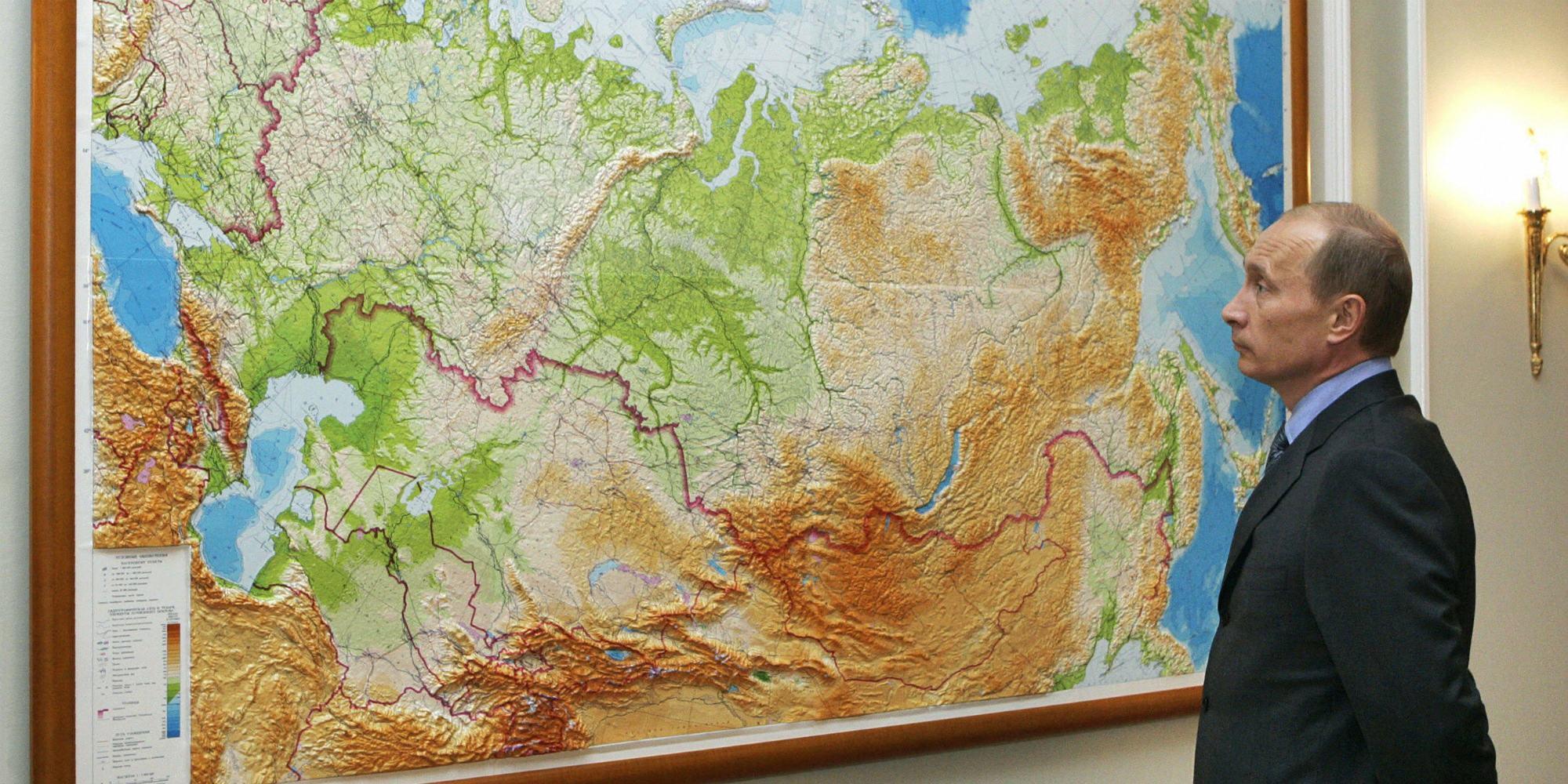
Source: Getty Images
The word ‘revolution’ still has a magical connotation among the young and the educated. Yet in recent years the word ‘revolution’ has been abandoned by those who once wielded it and has been picked up instead by the West and deployed in the service of a hegemonic global project. With the heritage of the Russian Revolution abandoned or allowed to lapse, only the American and French democratic Revolutions are still invoked and weaponized.
What seems most feasible for Russia today would be the extension of the Primakovian “multi-vector” concept to the domain of ideology, and the evolution of a soft power that is truly multi-vector: right, left, and center. This ideology would be Janus-faced, looking back to Russia’s civilizational heritage and forward to an alternative modernity and universality. Only then could Russia rediscover its role as the vanguard of a new historic project bearing a new synthesis of ideas and values.
_________
This essay is adapted from the author’s "Endgame of the Long Cold War,” an article published by the Russian International Affairs Council on June 21, 2019.
